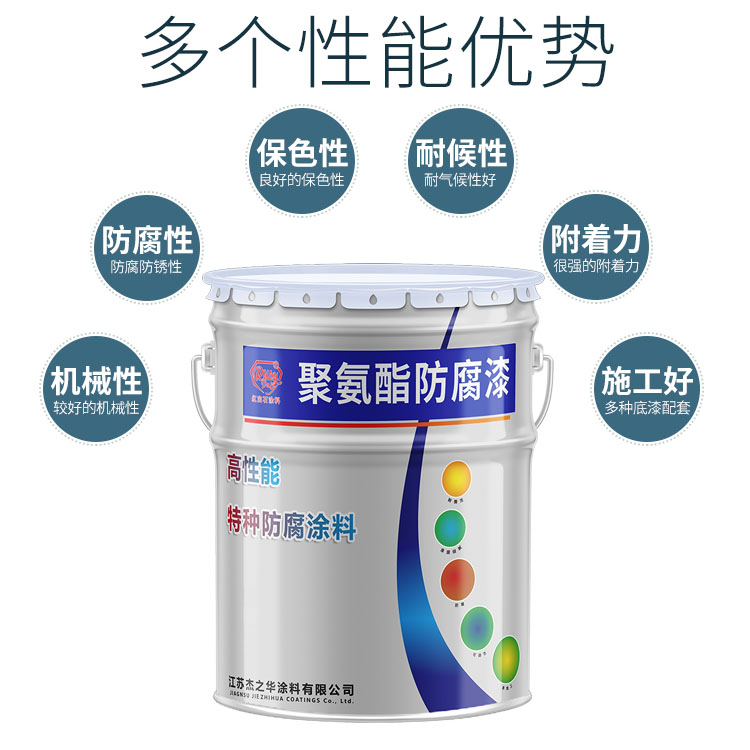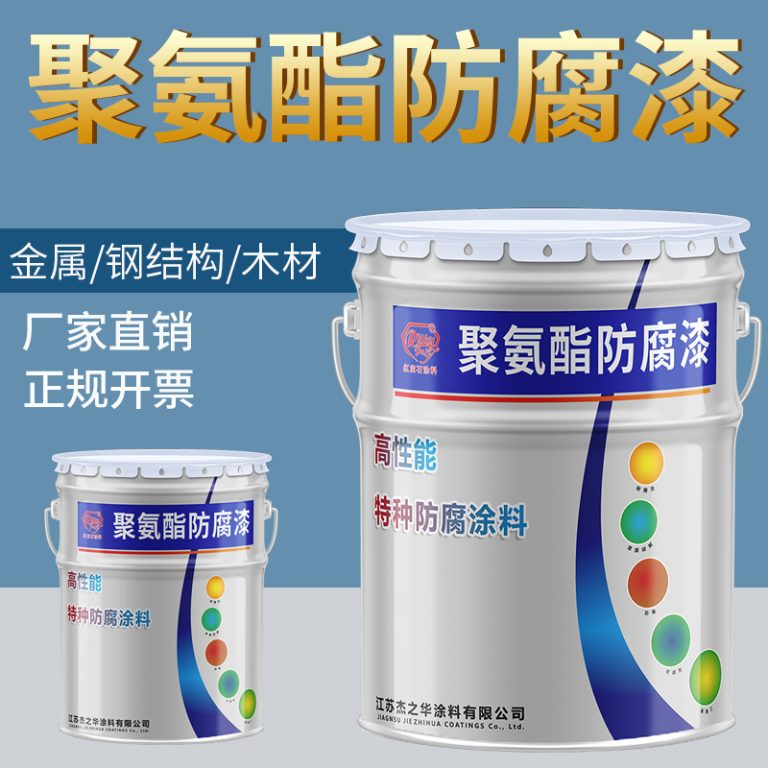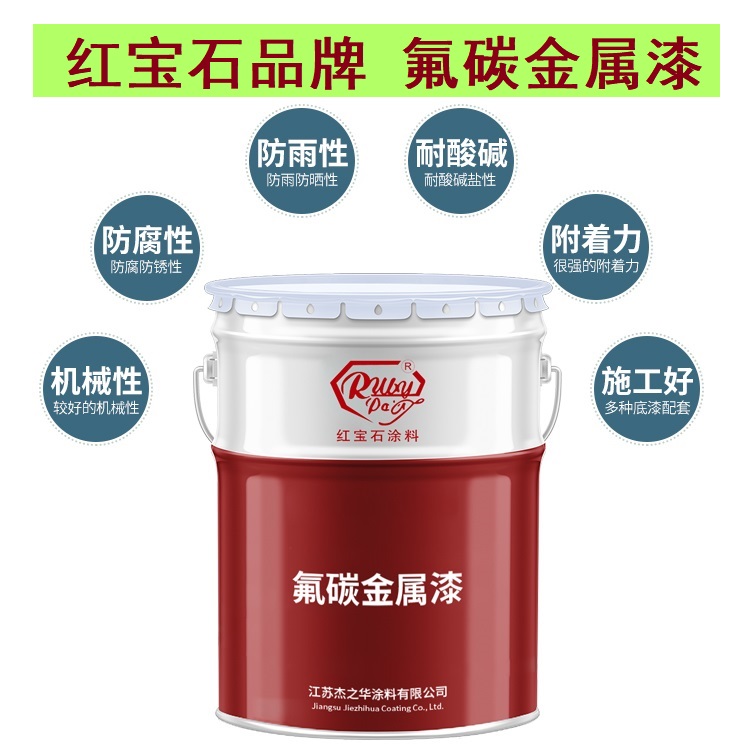Table of Contents
Understanding the Acid Test Ratio: A Key Indicator of Financial Health
The acid test ratio, also known as the quick ratio, is a crucial financial metric used to evaluate a company’s short-term liquidity position. This ratio measures a company’s ability to pay off its current liabilities without relying on the sale of its inventory. It is a stringent indicator that provides insight into a company’s financial health and its ability to meet its immediate financial obligations.
To calculate the acid test ratio, one must first identify the company’s current assets that are easily convertible to cash within a short period, typically 90 days. These include cash and cash equivalents, marketable securities, and accounts receivable. Inventory, despite being a current asset, is excluded from this calculation because it is not always quickly convertible into cash. The total of these quick assets is then divided by the company’s current liabilities, which may include accounts payable, short-term debt, and other accrued liabilities.
A higher acid test ratio, generally above 1.0, indicates that a company has more than enough quick assets to cover its current liabilities, suggesting strong financial health. Conversely, a ratio below 1.0 may signal potential liquidity problems, as the company might not be able to meet its short-term obligations if they were all called in at once. However, it is important to note that the acceptable level of this ratio can vary widely depending on the industry and the specific business model of the company.
Investors and creditors often use the acid test ratio as a tool to assess the risk associated with a company. A stable or improving acid test ratio over time can build confidence among stakeholders, as it suggests that the company is managing its finances prudently and has sufficient liquidity to handle unexpected financial challenges. On the other hand, a declining ratio may raise red flags and warrant a closer examination of the company’s financial practices and market conditions that may be impacting its liquidity.
| Serial Serial Number | Product Name |
| 1 | Epoxy Zinc rich paint |
Moreover, comparing the acid test ratio of a company with industry averages provides valuable context. Industries that typically have higher inventory levels, such as retail or manufacturing, might naturally exhibit lower acid test ratios compared to service-oriented industries, where inventory plays a minimal role. Therefore, understanding industry norms is essential when interpreting this ratio, as it helps in making more informed judgments about a company’s performance relative to its peers.
In addition to industry comparisons, it is also beneficial to look at the trend of a company’s acid test ratio over multiple periods. This trend analysis can reveal whether a company is improving in its ability to quickly convert assets to cash or if it is facing increasing liquidity risks. Such insights are invaluable for making strategic decisions, whether for investment purposes or for internal corporate finance management.
| Serial Number | Product Name |
| 1 | Epoxy Zinc rich paint |
In conclusion, the acid test ratio is a powerful tool in financial analysis, providing a snapshot of a company’s immediate liquidity and overall financial health. By effectively utilizing this ratio, along with other financial metrics and contextual information, stakeholders can make better-informed decisions. It is a testament to the importance of rigorous financial analysis in sustaining business success and navigating the complexities of the economic landscape.
How to Improve Your Company’s Acid Test Ratio for Better Financial Stability
The acid test ratio, also known as the quick ratio, is a crucial financial metric that measures a company’s ability to meet its short-term obligations using its most liquid assets. It is calculated by dividing the sum of cash, marketable securities, and accounts receivable by the total current liabilities. A higher acid test ratio indicates a stronger financial position, as it suggests that a company can quickly convert its assets into cash to cover its immediate liabilities. Improving this ratio can lead to better financial stability and enhance a company’s credibility among investors and creditors.
One effective way to improve your company’s acid test ratio is by increasing the level of liquid assets. This can be achieved by efficiently managing accounts receivable. Promptly collecting payments from customers will increase the cash available, thus boosting the ratio. Implementing stricter credit policies and offering incentives for early payments can accelerate cash inflows. Additionally, regularly reviewing the accounts receivable aging report helps identify and address any delays in collections, ensuring a steady stream of cash.
Another strategy is to optimize inventory management. Although inventory is excluded from the acid test ratio calculation, reducing excess stock can free up cash that was previously tied up. Implementing inventory management techniques such as just-in-time (JIT) can help maintain inventory at optimal levels, minimizing holding costs and increasing cash reserves. This not only improves the acid test ratio but also enhances overall operational efficiency.
Moreover, prudent financial management involves maintaining a healthy balance between short-term liabilities and liquid assets. Companies should aim to keep their current liabilities in check. Negotiating extended payment terms with suppliers can provide more flexibility in managing cash flows. By deferring payments, companies can retain more cash on hand, thus improving the acid test ratio. However, it is crucial to ensure that these negotiations do not adversely affect supplier relationships or lead to increased costs.
Investing excess cash in marketable securities is another way to improve the acid test ratio. These securities provide higher liquidity compared to other assets like real estate or equipment. By carefully selecting low-risk, short-term investments, companies can increase their liquid assets without significantly increasing their risk exposure. This approach not only bolsters the acid test ratio but also contributes to better returns on excess cash.
Lastly, regular financial analysis and monitoring are essential for maintaining a healthy acid test ratio. Companies should conduct periodic reviews of their financial statements to identify trends and areas for improvement. Using financial ratios in conjunction with other performance metrics provides a comprehensive view of the company’s financial health. This proactive approach allows businesses to make informed decisions and implement strategies to strengthen their financial stability.
In conclusion, improving your company’s acid test ratio is vital for ensuring financial stability and building trust with stakeholders. By enhancing the management of accounts receivable, optimizing inventory levels, controlling short-term liabilities, investing in marketable securities, and regularly monitoring financial performance, companies can achieve a more favorable acid test ratio. These measures not only provide a buffer against financial uncertainties but also position the company for sustainable growth and success.





